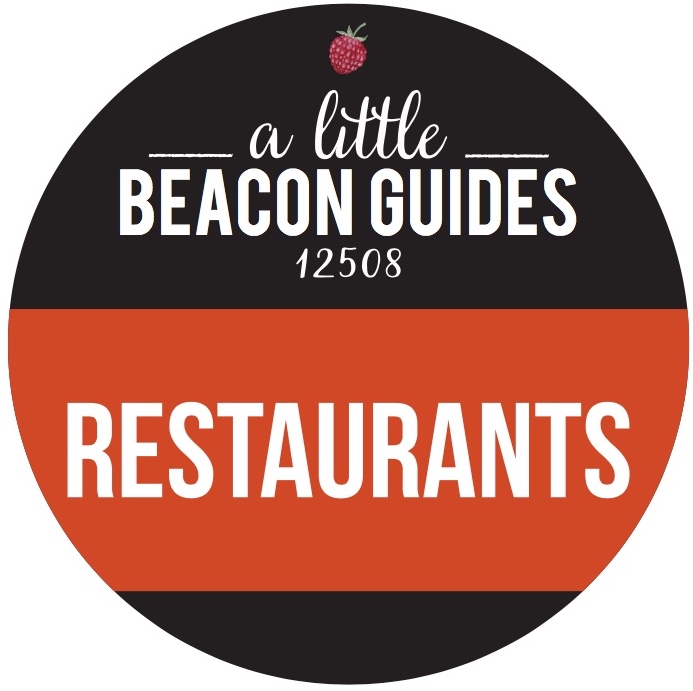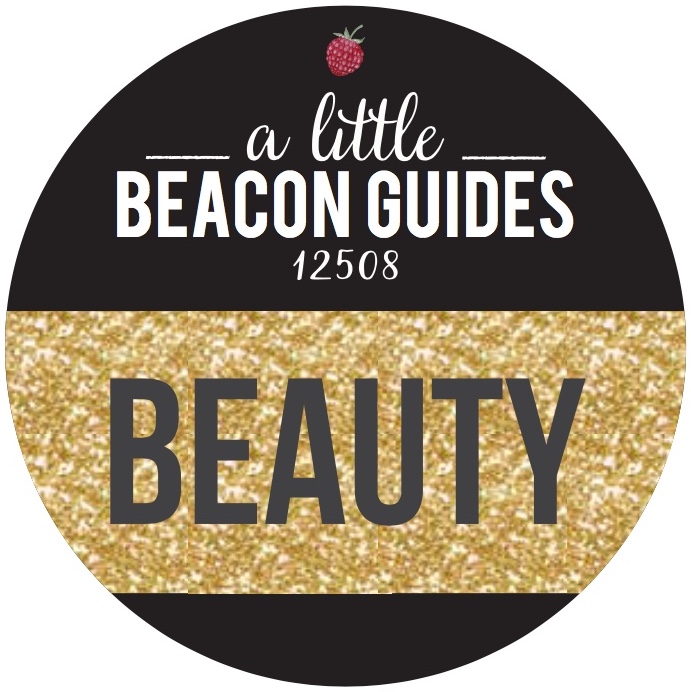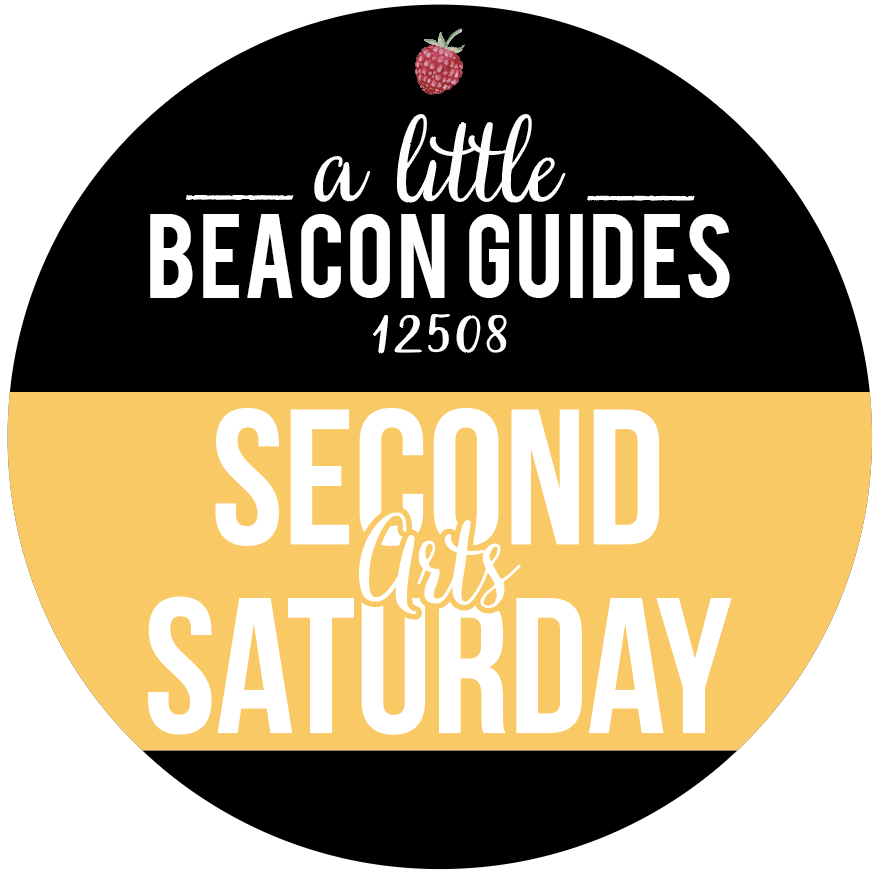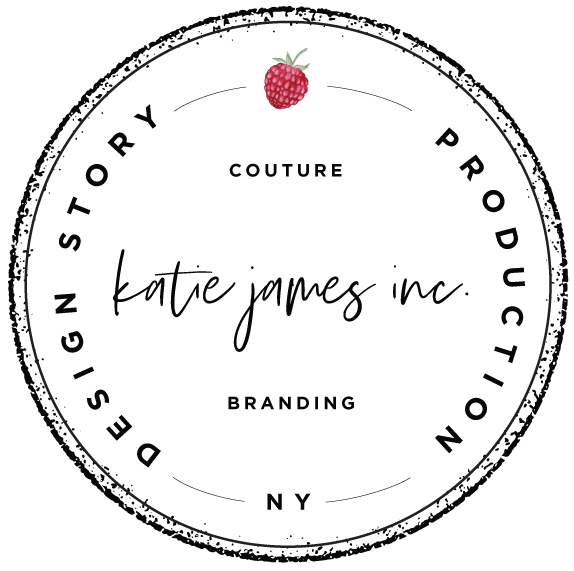Beacon's Original Wonderbar From The 1930s :: Open Now :: The Original Story
/Photo Credits: Top Left Beacon Historical Society; Top Right: Wonderbar Beacon; Left Bottom: Wonderbar Beacon; Right Bottom: Collection of Barbara Schell Rowan.
Editor’s Note: Back before the Wonderbar that we know today in 2020 was being built, extensive efforts were made to bring a high quality renovation to the movie theater it is connected to, restoring several original details and creating new ones. The current movie theater, Story Screen Theater (formerly known as the Beacon Theater) has temporarily gone back to its roots as an outdoor pop-up movie theater during the pandemic-induced movie theater closure. Subscribe to ALBB’s newsletter because we’re including showtimes when we know about them.
Part of the dream of the movie theater was to have it be connected to food and drink. Right next door! In what was formerly Harry’s Hot Sandwich and several other eateries, now is The Wonderbar, which brings the space full circle to its original namesake from 1934. The owners hired interior designer Nicole Ashey of Burlock Interiors to restore a lounge vibe, and worked closely with the Beacon Historical Society in order to restore as many original details to the Wonderbar as they could.
Diane Lapis, president of the Beacon Historical Society, and coauthor of Cocktails Across America: A Postcard View of Cocktail Culture in the 1930s, 40s, and 50s, with Anne Peck-Davis, has written for A Little Beacon Blog an in-depth history on the original bar..
This article was supposed to publish after the Wonderbar’s long-awaited opening in February 2020, but then the pandemic hit, forcing the temporary closure of every bar and restaurant in New York State.
The anniversary of the Wonderbar’s original opening in 1934 is August 30th. Right now in history, the Wonderbar in 2020 is open in a way it has never seen before during a pandemic, with limited seating inside and a beautiful parklet outside. As you explore its current history, add to your Beacon trivia the Wonderbar’s sprawling early years, written and researched by Diane Lapis:
THE WONDERBAR
THE STORY BEHIND THE ORIGINAL BAR
AND ITS MODERN NAMESAKE COCKTAIL LOUNGE
By Diane Lapis,
Co-Author of Cocktails Across America: A Postcard View Of Cocktail Culture In The 1930s, ‘40s, ‘50s,
and president of the Beacon Historical Society.
Beacon’s offerings of amazing eateries and drinking establishments delights visitors and locals alike. The new addition of the Wonderbar cocktail lounge at the east end of Main Street will remind us of why Beacon is considered one of the “cool small towns in America.” Located in the Story Screen Theater (formerly known as the Beacon Theater) the Wonderbar, opened its doors in February 2020.
The First Wonderbar - 1930s
The original signage painting on the original brick of the original Wonderbar in Beacon.
Photo Credit: Jason Schuler
If you could time travel to one place on Main Street, it would be the original Wonderbar in the 1930s. There, “dressed to the nines,” you could sip a cocktail and dance to the music of Searles Stretch and His Aristocrats! While few folks are alive today to reminisce about this once glamorous restaurant and bar, you can still see the white hand-painted “Wonderbar” sign on the brick wall outside the Theater that beckoned funseekers so long ago.
The repeal of Prohibition on December 5, 1933 changed the drinking and dining experiences across the country and on our Main Street in Beacon. Thanks to Franklin D. Roosevelt signing the 21st Amendment into law, the production, sale, and consumption of alcohol became legal for the first time since 1920. The repeal allowed new opportunities for hoteliers and restaurateurs to open legal drinking establishments where customers could satisfy their thirst for beer, wine, and spirits. Beaconites did not lack for a place “to have a few.” In a town with a beer joint on almost every corner, the Wonderbar stood out above the rest.
Grand Opening Of The Original Wonderbar
Opening on August 30, 1934, the Wonderbar’s co-owners Julius Ginsberg and Thomas Hanlon sought to create a luxurious venue and elegant atmosphere never seen before in Beacon. Fashioned after cocktail lounges and hotel bars in Manhattan, it offered an exotic menu and large dance floor. The restaurant’s location above the old Beacon Theater at 445 Main Street, was the perfect go-to place for the after-theater crowd. [Editor’s Note: See the historical recount of the old opera house that was here, which was connected to the Beacon Hotel across the street].
As a sidebar, part-owner Thomas Hanlon got his start in the food service business in the late 1920s, when he and his wife Anne owned the popular Owl Lunch Diner on North Elm and Main Street in Beacon. The local newspaper praised this small 10-seat burger joint as a “lunch wagon known throughout the state.” Anne’s pies, made fresh at home and brought to the diner in wicker baskets, were highly sought after. The small quarters and good food brought hordes of patrons willing to wait outside the door for their orders. The Hanlon’s moved their business to the theater in 1934 and the diner continued operating under new management through the late 1930s.
Art Deco Reigns In Beacon
Returning to the Beacon Theater and Wonderbar...it was noted moviehouse architect William I. Hohauser who designed the building in the Art Deco style. Nineteen other theaters across the country bore his mark, two of which are in operation today: the Avon Film Center Theater in Avon, Connecticut and the Directors Guild of America Theater in Manhattan. Prior to the Beacon Theater, Hohauser redecorated the famous Rosoff’s Restaurant located at 43rd and Times Square. Other extant buildings include the 30-story Franklin Towers at 331 West 86th Street and 307 Fifth Avenue in New York City.
Photo Credit: Beacon News ~ August 30, 1934. Courtesy of the Beacon Historical Society.
Wonderbar Open For Business - With Dance Floor
The Wonderbar, a winning combo of a tap room, restaurant, and dance floor, was described in glowing terms by the Beacon News after it opened. The News was particularly impressed with the Wonderbar’s “modernistic” designs and beautiful entranceway arch. The spacious dining room was arranged around a specially built dance floor and stage area for the orchestra. The architect’s choice of colors: peach and silver walls, lemon yellow ceiling, and Chinese red banquettes added to the ambience. The taproom’s mahogany decor included 6 booths and tables of varying sizes.
The Original Wonderbar’s Exotic Cuisine
Photo Credit: Beacon News ~ advertisement July 3, 1935. Courtesy of the Beacon Historical Society.
The Wonderbar’s menu, with its attractive rich orange-flocked cover, listed a varied menu in both pricing and selection. One could enjoy a ham sandwich for 15 cents or filet mignon for $1.15. Of even more culinary interest were the exotic food preparations from chef d'extraordinaire Harry Maik, an expert in both Chinese and American fare and formerly of Broderick’s in Manhattan.
The original orange menu of the Wonderbar.
Photo Credit: Wonderbar Beacon
Later, replacement Chef Wong Fu’s specialties were the ever popular egg foo young and chow mein plates, reasonably priced between 40 and 75 cents…unusual dinner fare for Beacon at that time.
The restaurant also served large gatherings, including community groups, political clubs and family celebrations. The Society section of the local paper reported on various parties: one in honor of local celebrity Melio Bettina, for winning the World Light Heavyweight title at Madison Square Garden in 1939; another for the Beacon Democrats’ victory dinner celebrating Roosevelt’s reelection in November of 1940; and farewell suppers to soldiers leaving for active duty. For these large dinners, a “Thanksgiving” meal was served, with all the trimmings.
Now Swinging!
Jim McCabe behind the bar. The orchestra was fitted with a striped canopy like the one above the back bar. The new Wonderbar from 2020 features a rounded mirror behind the bar… reminiscent of the mirror and archway in its namesake bar.
Photo Credit: Photo from the collection of Barbara Schell Rowan.
One of the features that made the Wonderbar so… well wonderful, was the entertainment. A striped canopy constructed over the “stage” created an enchanting space in which vaudevillian acts, singers, comedians, and 6 to 8-piece orchestras performed. Searle Stretch and his Aristocrats, Irwin Banks and his Musicians, the Melody Kings, and the Wonderbar Orchestra, an in-house ensemble played Wednesdays, Saturdays, and Sundays. The Poughkeepsie Vagabonds included Eddie Mandel, golden-voiced tenor and Johnny Laporis and his guitar.
When the restaurant first opened, Falace’s Orchestra played nightly. Swinging and swaying the night away enabled patrons to forget their troubles and enjoy a night on the town. Jazz, swing, and country music peppered with the popular hits of the day such as Cheek to Cheek, Over the Rainbow, or Mona Lisa made for a special evening. Hanlon was a consummate host who created a fun and lively atmosphere for his patrons.
World War 2 And The Wonderbar - Letter Writing
Through the war years, Hanlon sponsored the “Letter Writing Club,” one of the functions of the American Women’s Voluntary Service. Meeting at the Wonderbar, the local chapter of the AWVS would write letters and collect local newspapers to send to Beacon, Fishkill, and Glenham soldiers in army camps throughout North Africa, the Pacific, and England. Hanlon supplied stamps and stationery. After receiving a package, one soldier wrote back to the club stating that, “the picture of Beacon is a nice one to paste on the wall. Some of the other soldiers might like to show their friends what Beacon looks like if only on a picture postcard.”
Remembrances
Tom Hanlon with an unknown patron. Salty snacks like lamb’s tongue (featured on the right) were typically served at bars during this time period.
Photo Credit: Photo from the collection of Barbara Schell Rowan.
While Hanlon commandeered the bar, it was his wife Anne who captained the ship. The Hanlon’s granddaughter Barbara Rowen fondly remembers her grandparents. “Grandma Anne oversaw all aspects of the establishment knowing that if she wasn’t there 24/7, someone would rob the till. Grandpa Tommy had a big personality and was very friendly with all the customers. While Anne loved people and loved entertaining them, she was very conscientious and made sure that everything ran smoothly.” Barbara recalled that her uncle, Anne’s brother Jim McCabe ran a taxi service. “During the war, McCabe would drive to the Beacon ferry dock to pick up soldiers who were stationed at Stewart Air Force Base in Newburgh, and bring them to the Wonderbar for a night’s entertainment. After grandpa died in 1947, Anne, her two sisters Francis and Nelly, her brother Jim, and Chef Wong ran the business.” The Wonderbar closed 3 years later in 1950.
Decline And Rebirth Of The Wonderbar
The Beacon theater survived another decade until new and larger movie complexes in the surrounding towns appeared, and expensive digitalization forced it to close. From 1968 through the 1990’s the space became a storage facility, then later used by the Church of the Everlasting Covenant. In 2010, 4th Wall Productions produced theatrical productions and performing arts programming at the theater. Five years later, project developer Brendan McApline reimagined 455 Main with a big nod to the past. The restored black and white marquee beckons movie-goers once again! While part of the building was converted into residential units, three modern theaters with an inviting lobby, concession stand and lounge delight the community and cinephiles near and far (read all about it here).
What Is The New Wonderbar In 2020?
The Wonderbar’s parklet, to accommodate diners during the 2020 pandmic.
Photo Credit: Wonderbar Beacon
As part of the remodeling, the retail space to the east side of the theater’s lobby was converted to an intimate cocktail lounge inspired by and named after its predecessor, with a modern take on the Art Deco Style of the 1930s. While Beacon is home to a host of great eateries and bars, the new Wonderbar, owned and operated by Marjorie Tartar, is a welcome addition to this city’s food and drinks scene.
The Wonderbar’s new interior for 2020.
Photo Credit: Wonderbar Beacon
You won’t have to “dress to the nines” to enjoy the Wonderbar’s classy decor. The use of black and white creates a stunning and dramatic effect throughout the restaurant, from the tiled floor to the painted walls, columns, and crown molding. The room’s “loungy vibe” features a magnificent marble-topped bar and a striking backlit curved mirror. Mementos and photographs of the original Wonderbar and the Beacon Theater, including the orange-flocked menu, adorn the walls courtesy of the Beacon Historical Society and Barbara Rowen. Currently, the Wonderbar is offering cocktails by mixologists Lynette Marrerro and Jess Gonzalez, and small plates under the direction of Chef Adam Sternberg. Guests can choose to sit Indoors, dine outside under the theater’s marquee, or order take-out.
Eighty six years later since its original opening, the Wonderbar’s faded white-painted sign on the outside of the Theater beckons passersby once more. Traveling back in time is possible… at the new Wonderbar!
About The Author: Diane Lapis loves to visit and write about historic places. She is president of the Beacon Historical Society and the coauthor of Cocktails Across America: A Postcard View of Cocktail Culture in the 1930s, 40s, and 50s, with Anne Peck-Davis.
Today’s lettering on the window. Designed by Rabe and Co.
Photo Credit: Wonderbar Beacon
















































